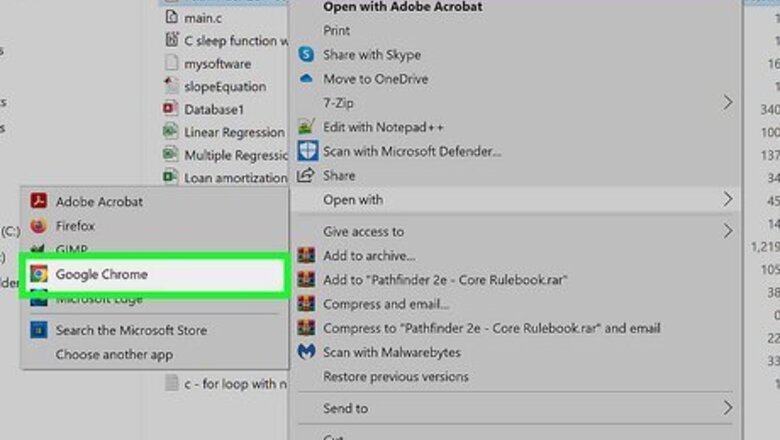
views
Using Google Chrome
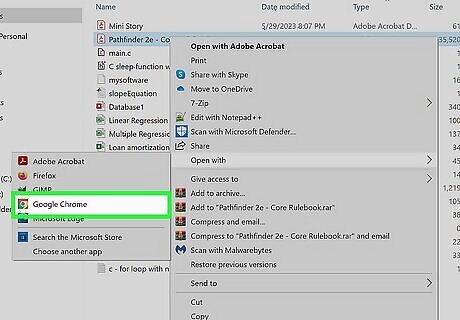
Open the PDF file in Google Chrome. If Google Chrome isn't your default PDF viewer, right-click (or Command-click) the file, click Open with, and then select Google Chrome.
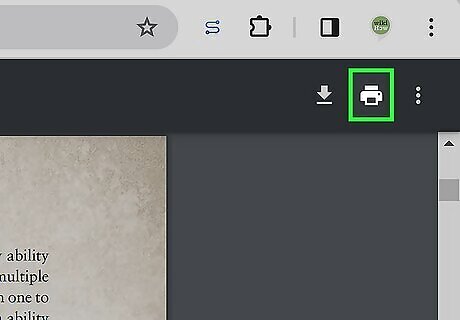
Click the Print icon. This is in the top-right corner of the page. A printing menu will open.
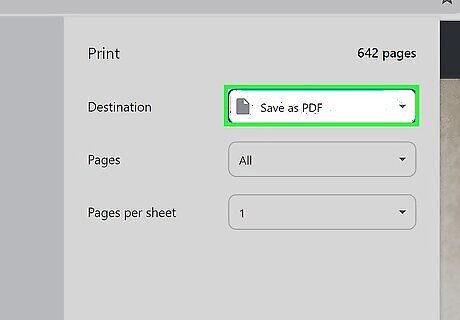
Set "Destination" as Save as PDF. Click the drop-down menu to see more options. If you have other printers connected, you'll also see them here.
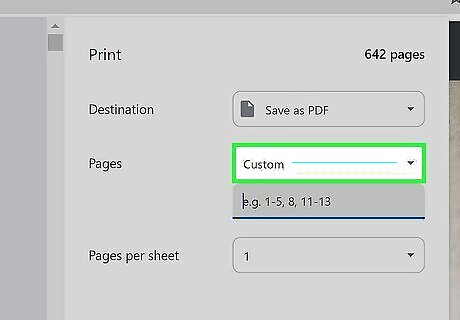
Set "Pages" as Custom. Click the drop-down menu to see more options. By default, this will be preset to All. Alternatively, you can select Odd pages only or Even pages only.
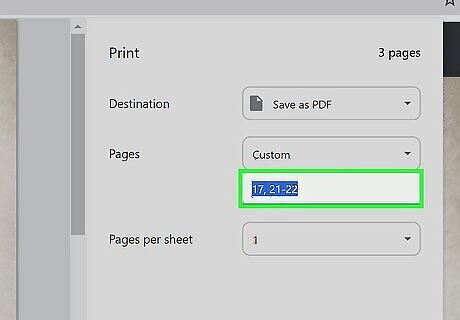
Specify the pages you want to save. You only need to include the pages you want to keep; don't include the pages you want to remove. For example, to keep all pages except 4, 6, 7, 8, 9, and 13 from a 20-page document, enter the following: 1-3, 5, 10-12, 14-20
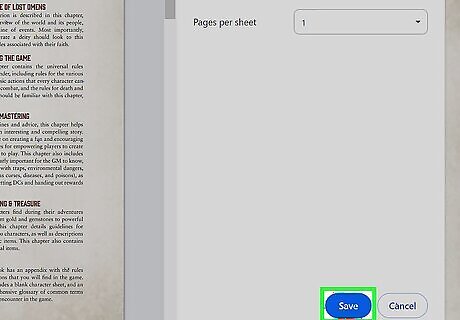
Click Save. This is the blue button at the bottom. A pop-up window will open.
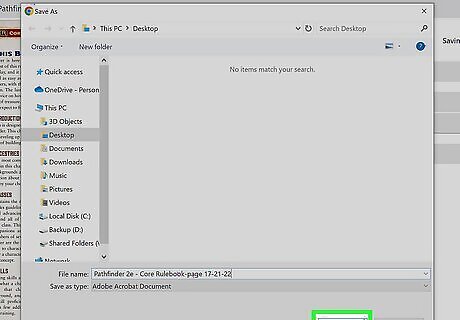
Select a save location and click Save. For some devices, the default location may be set to the Downloads folder. The new PDF will be saved to your computer.
Using Windows
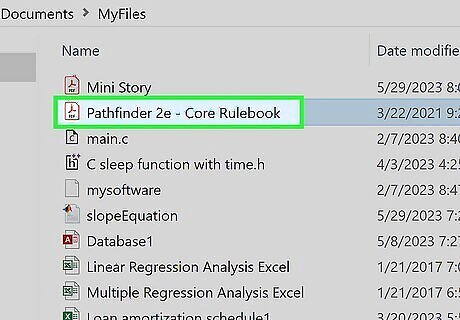
Open the PDF file. By default, it should open in your preferred browser. You can use Windows' built-in Microsoft Print to PDF feature to extract pages from a document.
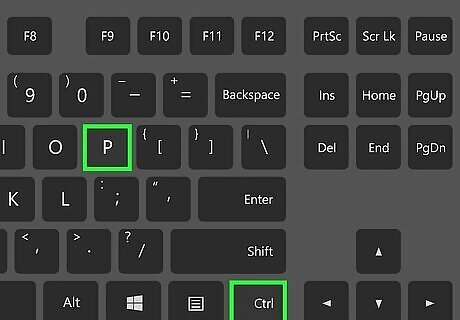
Press Ctrl+P. This will open the Print menu.
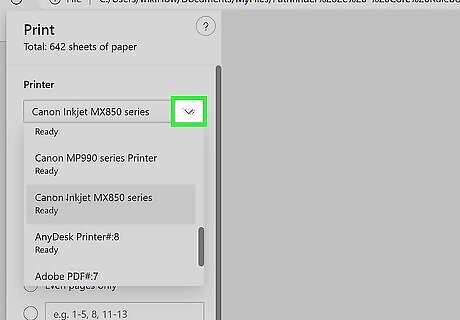
Click the "Destination" drop-down menu. You'll see a list of available printers and other destinations.
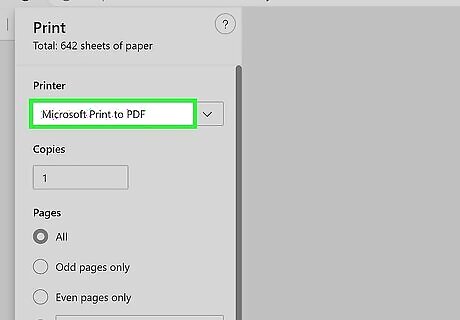
Click Microsoft Print to PDF. This will be listed in the drop-down menu. If you don't see this option, do the following to enable it: Open the Start menu. Type "turn windows features on or off". Click the first option. Check the box next to Microsoft Print to PDF. Click OK.
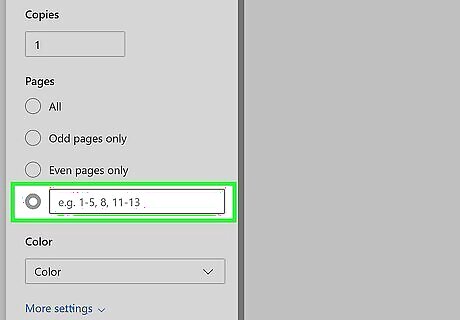
Set "Pages" as Custom. Click the drop-down menu to see more options. By default, this will be preset to All. Alternatively, you can select Current, Odd, or Even.
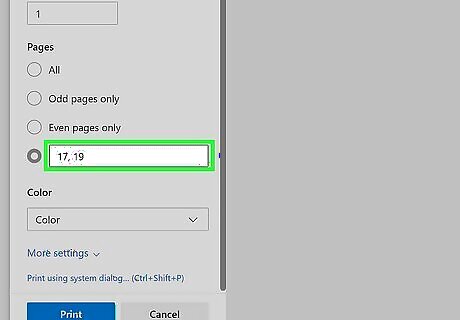
Specify the pages you want to save. You only need to include the pages you want to keep; don't include the pages you want to remove. For example, to keep all pages except 4, 6, 7, 8, 9, and 13 from a 20-page document, enter the following: 1-3, 5, 10-12, 14-20
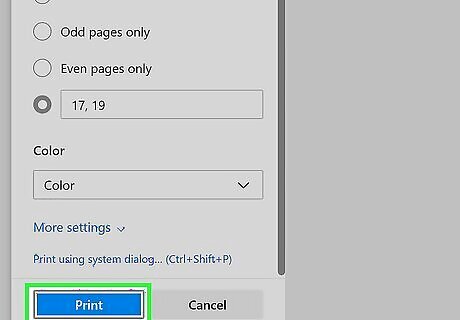
Click Print. This is the button at the bottom of the screen. A new window will open.
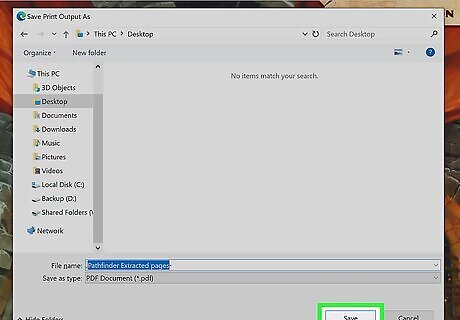
Select a save location and click Save. The new PDF will be saved to your computer.
Using a Mac
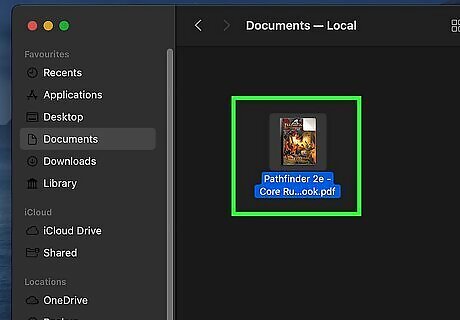
Open the PDF file. By default, it should open in the Preview app.
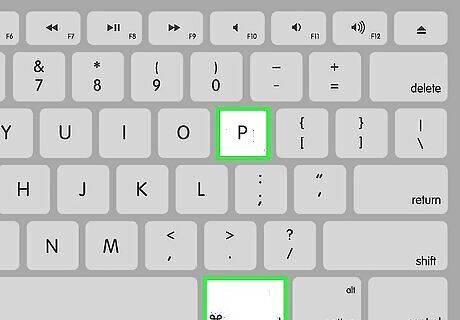
Press ⌘ Command+P. This will open the Print menu.
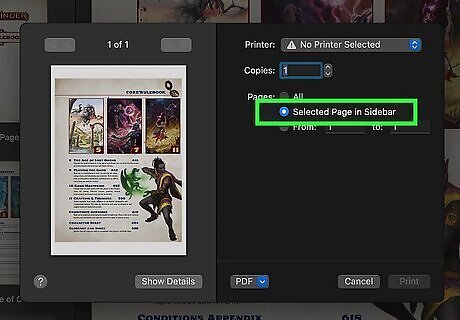
Set "Pages" as Selected Pages in Sidebar. By default, this will be preset to All. Alternatively, you can select Single or Range.
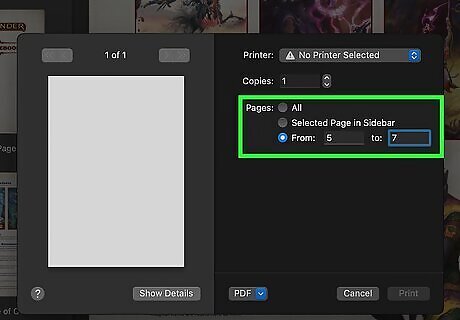
Select the pages you want to keep. Click the thumbnails in the sidebar to select them. If you don't want a page in the new saved document, make sure it's deselected.
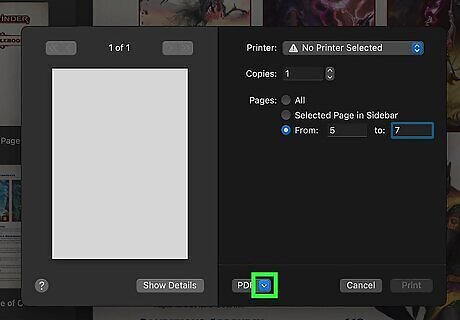
Click the down arrow next to "PDF". This is towards the bottom of the menu. You'll see a list of options.
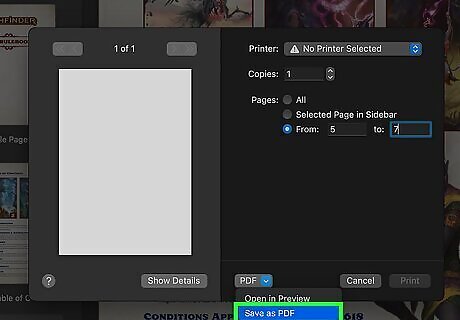
Select Save as PDF. This will be listed in the drop-down menu.
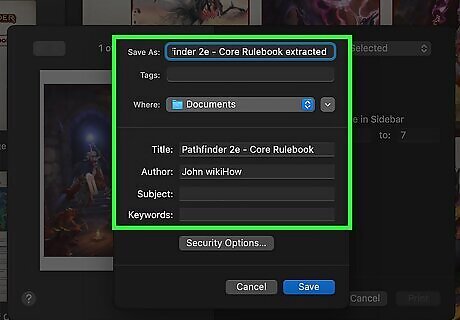
Click Print. This is the button at the bottom of the screen. A new window will open.
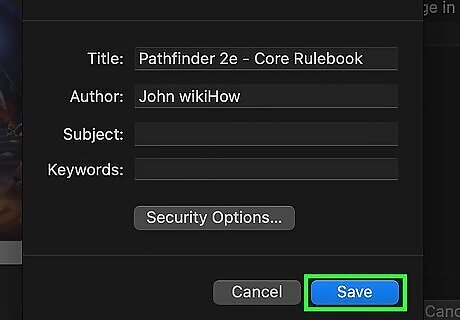
Select a save location and click Save. The new PDF file will be saved. You can also enter information such as the Title, Subject, and Keywords to make the file easier to find later.
Using Adobe Acrobat
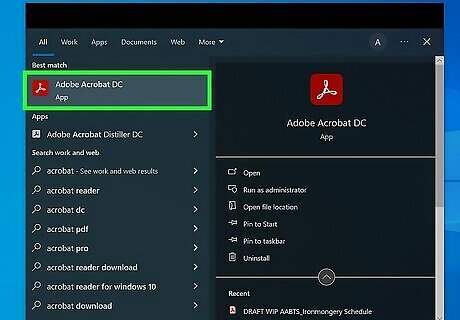
Open Adobe Acrobat. This is a paid program that allows you to extract pages from a PDF. This feature is not available in the free version of Adobe Acrobat (Reader).
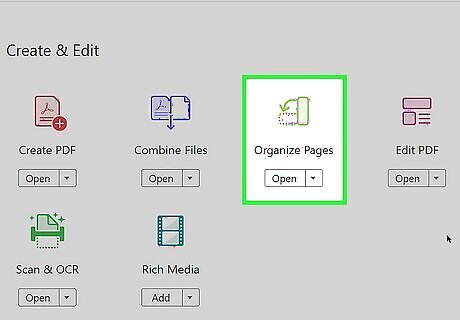
Click the Organize Pages tool. You can find this in the right toolbar or the Tools menu.
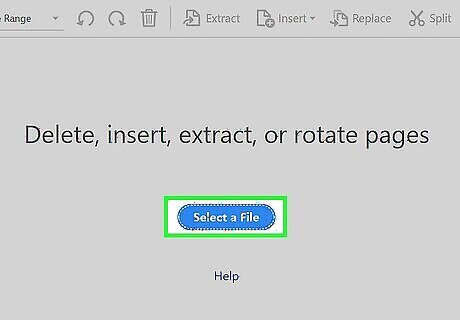
Click Select a File. A pop-up window will open.
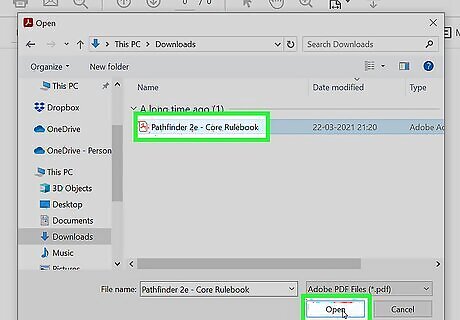
Open the PDF you want to edit. Use the pop-up window to find the file, then click Open.
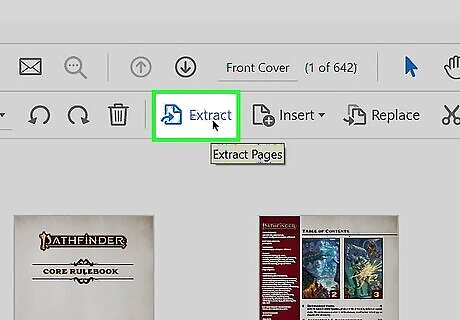
Click Extract. This is at the top of the page.
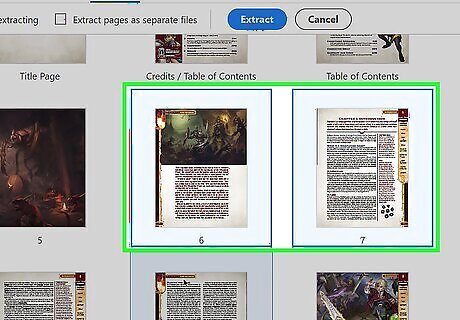
Select the pages you want to extract. When you click a page, it will be highlighted.
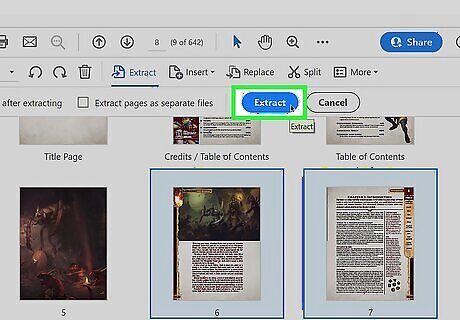
Click Extract. This is the blue button at the top.
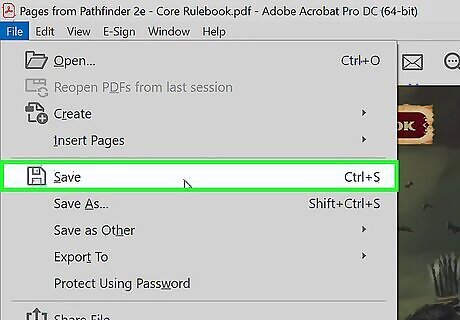
Save the new PDF. The new pages will open in a new tab. To save it as a new document, go to File and click Save As. Select a save location. The new PDF will be saved to your computer.




















Comments
0 comment